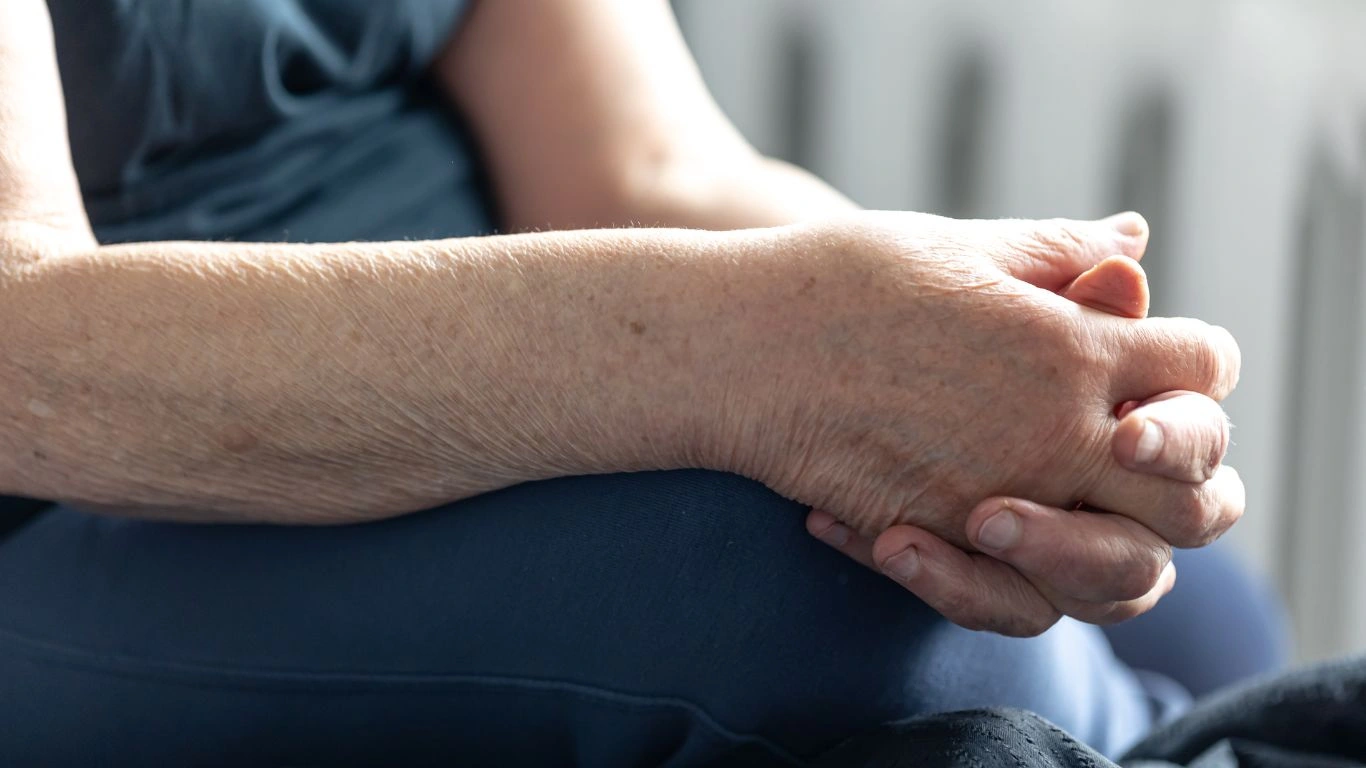Rheumatoid Arthritis: How Skin Changes Impact Your Life
Rheumatoid arthritis (RA) is much more than just a condition that affects the joints. It has a wide-reaching impact on various parts of the body, and one area that’s often overlooked is the skin. As a Rheumatoid Arthritis expert, I’ve seen firsthand how the disease can lead to noticeable changes in skin texture, which can cause patients to feel self-conscious or unsure about what’s happening to their body.
In this article, we’ll dive deep into the connection between rheumatoid arthritis and changes in skin texture, exploring everything from the physical changes to the emotional impact it can have on individuals. By understanding the causes and symptoms, we can begin to improve the way we manage and treat these skin changes to maintain the highest quality of life possible for people living with RA.
The Connection Between Rheumatoid Arthritis and Skin Changes

When most people think of rheumatoid arthritis, they picture inflammation in the joints, pain, and stiffness. While that’s the hallmark of the condition, what many don’t realize is that RA is a systemic disease, meaning it affects more than just the joints. It impacts the immune system, leading to inflammation throughout the body. This systemic inflammation can also trigger skin changes, making it an important aspect of managing the disease.
Changes in skin texture are commonly reported by individuals with rheumatoid arthritis, and they can be subtle or more noticeable. These changes can manifest in various ways, including dryness, thinning, or even thickened patches of skin. The skin can sometimes become more fragile, leading to bruising or tearing more easily, which can be distressing for patients. In fact, it’s not unusual for individuals with RA to experience skin problems alongside the other classic symptoms of the disease, such as joint swelling and fatigue.
Why Does Rheumatoid Arthritis Affect the Skin?
The connection between rheumatoid arthritis and skin changes comes down to inflammation and how it affects various parts of the body. RA is an autoimmune condition, meaning the immune system mistakenly attacks healthy tissue. When the immune system targets the joints, it causes inflammation, but the inflammation can extend to other tissues, including the skin.
Additionally, the medications used to treat RA, such as disease-modifying antirheumatic drugs (DMARDs) and biologics, can also contribute to skin changes. While these medications are essential for managing RA symptoms, they can sometimes have side effects that affect the skin. Some medications can cause skin rashes, thinning of the skin, or even photosensitivity, making it more important for patients to monitor their skin regularly and report any concerning changes to their healthcare provider.
Common Skin Issues in People with Rheumatoid Arthritis
- Dry Skin: One of the most common skin changes people with RA experience is dry, flaky skin. This happens because the inflammation from the disease can interfere with the skin’s ability to retain moisture, leaving it looking dull and feeling rough.
- Thinning Skin: Thinning skin can occur due to long-term inflammation, as well as the side effects of medications. Thinner skin is more fragile, making it prone to bruising or tearing.
- Rashes: Rashes are another frequent skin concern for RA patients. They can vary in severity and appearance, from red patches to bumpy, itchy areas on the skin.
- Scar Tissue: In some cases, scar tissue can form due to repeated inflammation and damage to the skin. This can lead to areas of thickened, raised skin.
- Urticaria (Hives): A less common but still significant symptom is the development of hives, which can appear as raised, red, itchy bumps. These can be triggered by RA flare-ups or the use of certain medications.
How Rheumatoid Arthritis Can Affect the Skin on Your Hands
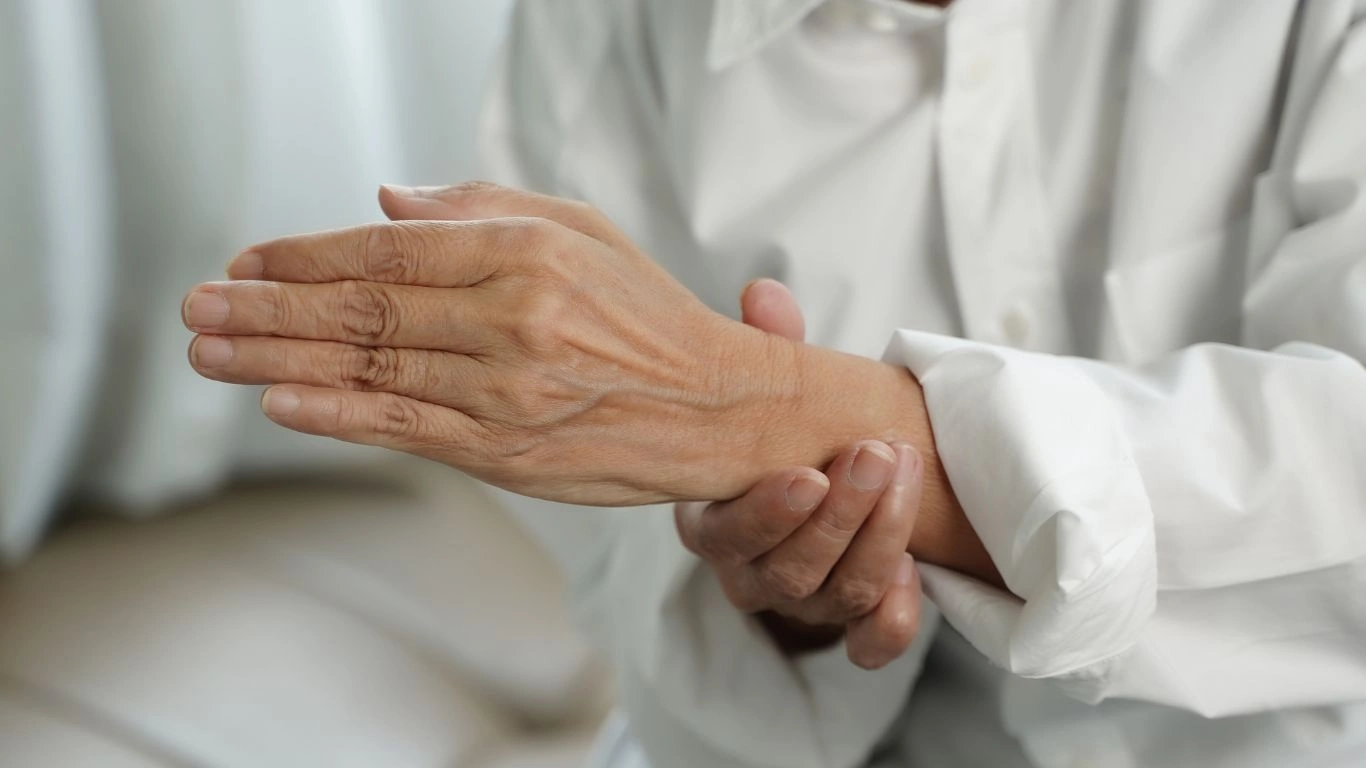
Hands are often one of the first places that people notice the impact of rheumatoid arthritis. Not only do the joints in the fingers become swollen and stiff, but the skin on the hands can also change in texture and appearance. People with RA might notice that the skin on their hands feels dry, tight, or even thin. In some cases, the skin may develop red patches or a shiny appearance due to inflammation beneath the surface. This can make the skin appear aged or weathered, which can be frustrating for individuals who take pride in their appearance.
In addition to skin texture changes, RA can also lead to conditions like carpal tunnel syndrome, which further affects the hands. When this happens, patients may experience symptoms like numbness, tingling, and weakness, which can make everyday tasks—like typing, cooking, or even holding a pen—more difficult. This combination of joint pain, skin texture changes, and nerve issues can significantly impact quality of life.
The Emotional Impact of Skin Changes Due to Rheumatoid Arthritis

While the physical aspects of rheumatoid arthritis are often front and center in treatment plans, the emotional and psychological effects can be just as significant. Skin changes, in particular, can have a profound impact on an individual’s self-esteem and body image. For many people, their skin is an important part of how they present themselves to the world, and changes like thinning or dryness can make them feel less confident.
When someone’s appearance starts to change due to RA, they may experience feelings of frustration, embarrassment, or even isolation. It can be difficult to manage these emotions, especially when dealing with a chronic illness that already comes with so many challenges. It’s important for healthcare providers to address these emotional impacts alongside the physical symptoms, offering support and resources for managing the psychological side of the disease.
Managing Skin Changes Associated with Rheumatoid Arthritis
While there’s no one-size-fits-all solution to managing skin changes related to rheumatoid arthritis, there are several strategies that can help. Regular moisturizing, for example, can help combat dryness and improve the overall texture of the skin. Patients are also encouraged to use gentle skin care products that won’t irritate the skin further. If the skin becomes thin or fragile, extra care should be taken to avoid injury, and patients should be cautious when engaging in activities that could lead to cuts or bruising.
Working closely with a rheumatologist and a dermatologist is key to addressing skin changes. These specialists can recommend specific treatments or medications to help manage both the RA symptoms and the associated skin issues. It’s also essential for individuals to stay on top of their RA management plan, which may include taking medication, undergoing physical therapy, and making lifestyle changes to support overall health.
How to Address Changes in Skin Texture with Rheumatoid Arthritis
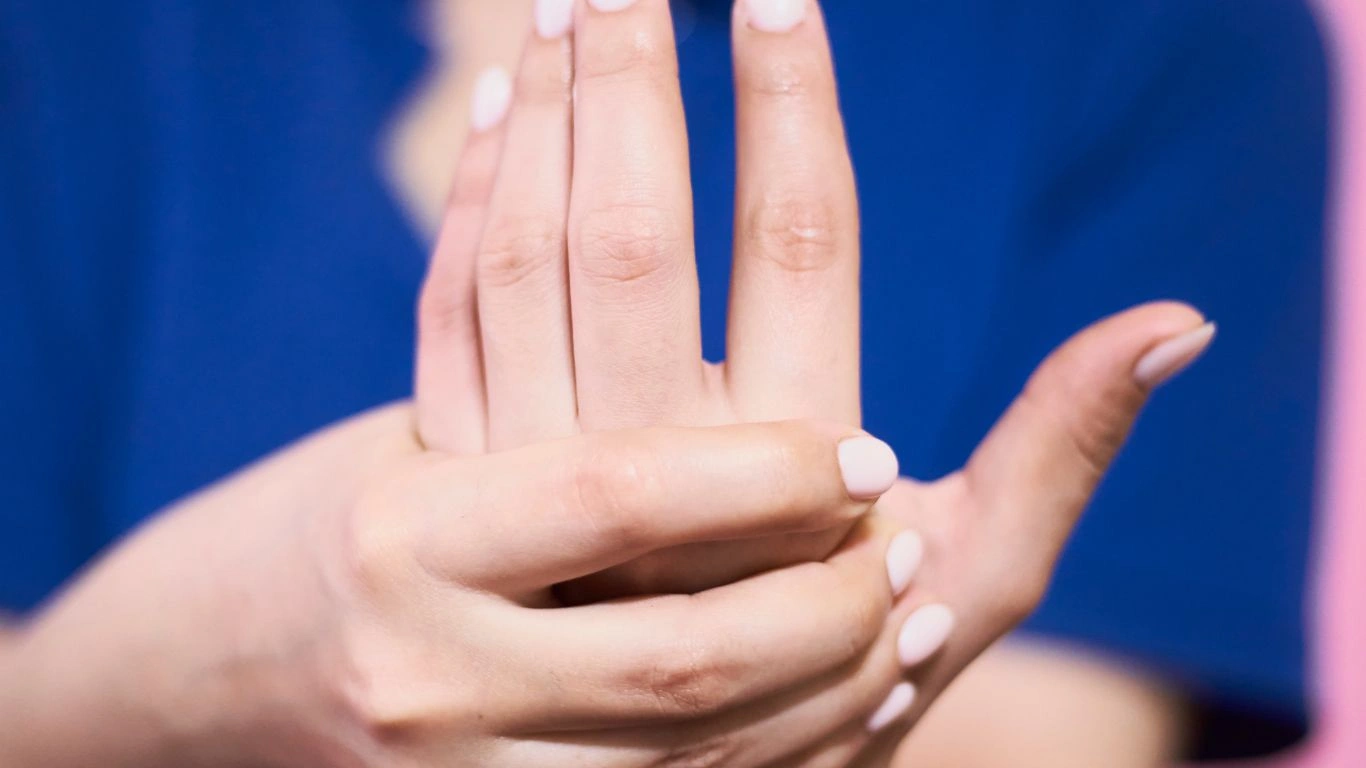
As we discussed earlier, changes in skin texture due to rheumatoid arthritis (RA) can be frustrating and, at times, overwhelming. But here’s the thing: while these skin issues are part of the disease, they’re manageable. In my experience, tackling these skin changes requires a combination of practical self-care, understanding the underlying causes, and working with the right healthcare professionals. The skin is an important part of how we experience the world and how others experience us, so it’s crucial to take steps to protect it.
Hydration Is Key: Keep Your Skin Moisturized
One of the most straightforward (and effective) ways to address skin texture changes related to RA is by keeping your skin hydrated. Dry skin is an almost universal complaint among RA patients, and moisture is your best defense against that. I always tell my patients to think of their skin as a sponge—it’s got to stay hydrated to maintain its elasticity and smoothness. If your skin is too dry, it can feel rough, cracked, or tight. So, what can you do to fix this? Regular moisturizing.
Look for rich, non-irritating moisturizers that contain ingredients like hyaluronic acid, ceramides, or glycerin. These ingredients help lock moisture into the skin. I’ve seen patients benefit from thicker creams or ointments, especially if they have severe dryness, as they provide longer-lasting hydration compared to lighter lotions. Applying moisturizer right after you shower or wash your hands will help lock in moisture while your skin is still damp. Also, be mindful of fragrance-free products to prevent skin irritation.
Gentle Skincare Practices
When dealing with rheumatoid arthritis and skin changes, the goal is to be as gentle as possible with your skin. Harsh products or over-exfoliating can exacerbate the issues, leading to more irritation and skin fragility. From my experience, patients who use harsh soaps or scrub their skin too aggressively tend to have more significant issues with dryness and thinning skin. I always recommend opting for gentle, hydrating cleansers that don’t strip your skin of its natural oils.
Another key practice is avoiding hot water when washing your face or showering. Hot water can dehydrate the skin further and make it feel tighter, so aim for lukewarm water instead. If you’re out and about, be sure to keep a travel-sized moisturizer in your bag. You’d be surprised how often you’ll need a little refresh on the go, especially if you’re battling dry air in the winter months or exposure to air conditioning in the summer.
Protecting Your Skin: Sun Safety and RA Medications

RA medications like biologics and DMARDs can make your skin more sensitive to the sun, a condition known as photosensitivity. This means that if you’re taking these medications, you might find yourself getting sunburned more quickly or developing rashes more easily after sun exposure. It’s something I’ve noticed frequently in patients who have been on long-term RA treatment. And, let’s face it—sunburns are the last thing anyone needs when they’re already managing joint pain and inflammation.
So, here’s the golden rule: always wear sunscreen. I recommend a broad-spectrum sunscreen with SPF 30 or higher, and remember to apply it generously to all exposed skin. Don’t forget areas like your ears, the back of your neck, and your hands, which are often overlooked. If you’re going to be outdoors for an extended period, reapply every two hours, and try to stay in the shade as much as possible during peak sun hours. If you’re particularly sensitive, wearing protective clothing or a wide-brimmed hat can also help shield your skin from harmful UV rays.
What About Skin Infections? How RA Affects Immune Function
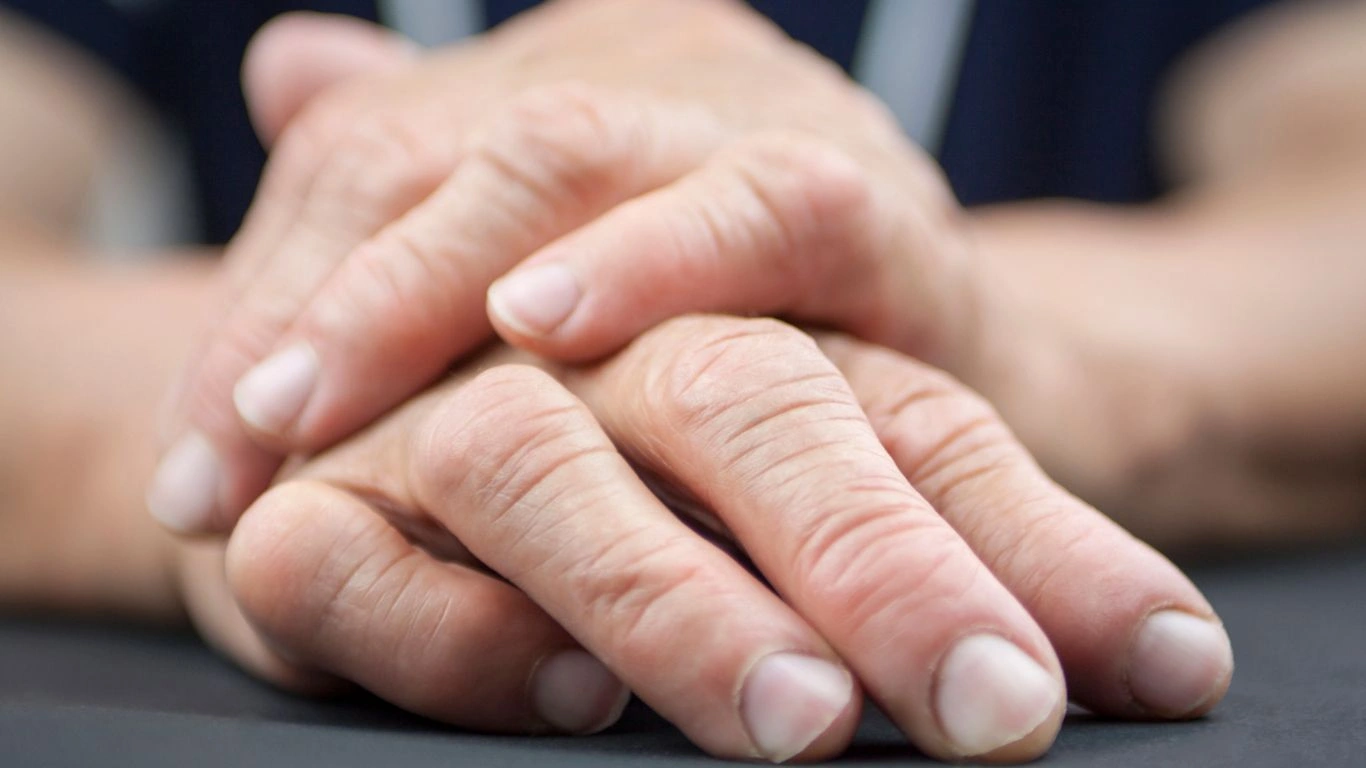
One of the things that many people don’t realize is that the immune system’s behavior in RA can increase the likelihood of skin infections. Since RA is an autoimmune disease, the body’s defense mechanisms are already on high alert, and medications used to manage it—especially biologics—can suppress the immune system. This suppression can make the skin more vulnerable to infections like cellulitis or fungal skin infections, which can make things even more complicated.
It’s crucial to be vigilant about cuts, scrapes, or any signs of infection. If you notice redness, swelling, or pus around any broken skin, it’s important to seek medical attention right away. Even something as simple as a small nick can become a bigger issue if it’s not addressed promptly, particularly if your immune system is compromised due to RA treatments. Prevention is key, and keeping your skin intact is the best way to avoid infections. And if you do get a skin injury, make sure you’re cleaning it well with mild soap and water, and then applying an antibiotic ointment before covering it with a clean bandage.
Can You Improve Skin Texture with Diet and Supplements?
As much as we might focus on topical solutions for managing skin changes, diet plays a big role in skin health too. And when you’re living with rheumatoid arthritis, it’s important to choose foods that support your skin while also managing inflammation in the body. In fact, some foods that help control inflammation can have a positive impact on your skin, so let’s talk about that for a minute.
Omega-3 fatty acids—found in fatty fish like salmon, mackerel, and sardines—are some of the best foods for people with RA because they reduce inflammation and can help maintain healthy skin. You might also consider incorporating more antioxidants into your diet, especially vitamin E and vitamin C, which are known to help with skin repair and protection. Berries, leafy greens, nuts, and seeds are all great options here.
Some of my patients have also had success with collagen supplements, which are often recommended to improve skin elasticity and hydration. Collagen plays a crucial role in keeping your skin firm and plump, so it may help combat some of the thinning skin issues that RA can cause. Of course, it’s important to talk to your doctor before adding any new supplements to your routine, especially since some may interact with RA medications.
How Rheumatoid Arthritis Impacts Emotional Health and Skin Changes

Rheumatoid arthritis (RA) is more than just a physical condition—it has a significant emotional impact too. We’ve already touched on how skin changes can be frustrating, but there’s a deeper layer to it. The psychological toll that these changes take on a person can be profound. When you’re dealing with the stiffness, pain, and inflammation that come with RA, seeing your skin change can feel like an added blow. I’ve had patients tell me that their skin changes made them feel less like themselves, as though they were being transformed into someone they didn’t recognize.
Whether it’s the appearance of dry, flaky skin, or the thinning and fragility that makes you feel older than you are, the emotional effects can’t be ignored. People living with RA often experience higher levels of stress, anxiety, and depression, partly due to these physical changes. This emotional burden can make managing the disease even more challenging. It’s not just about pain management or controlling inflammation; it’s about feeling confident in your own body. And when skin changes impact that confidence, it can start to affect overall mental well-being.
Building Emotional Resilience: Coping with Skin Changes in RA
From my experience working with RA patients, I’ve seen how incredibly resilient people can be when they feel supported. The emotional aspect of managing skin changes is something that can be addressed, but it requires a holistic approach that includes both physical care and emotional support. Support groups, therapy, and open communication with loved ones can help RA patients process the frustration of skin changes and other symptoms. It’s crucial to remind patients that these changes are a part of the disease—they’re not the sum of who they are.
Another strategy that can help with emotional well-being is focusing on self-care routines that encourage relaxation and stress reduction. Yoga, meditation, or simple breathing exercises can have a positive impact on both physical symptoms and mental health. By reducing overall stress, you can help lower inflammation in the body, which may also alleviate some of the skin-related issues that come with RA. In my practice, I’ve encouraged patients to take small moments during the day to check in with themselves, both physically and emotionally. A few minutes of mindfulness can go a long way toward improving emotional health.
Addressing the Importance of Regular Skin Check-Ups for RA Patients
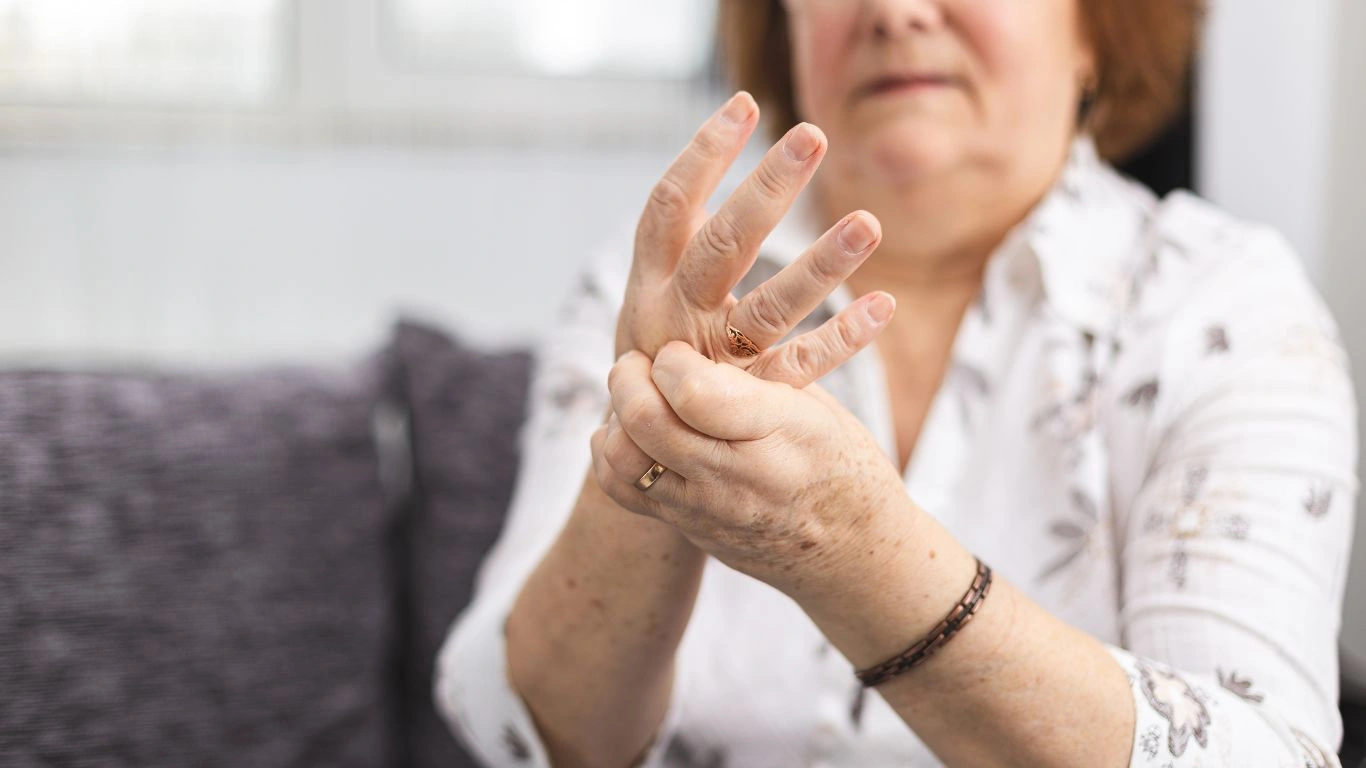
For anyone with rheumatoid arthritis, regular skin check-ups should be a part of your healthcare routine. Just as you would go to your rheumatologist for joint issues, it’s essential to have a dermatologist or your primary care physician monitor any skin changes related to RA. I often tell my patients that the skin is like a barometer for what’s going on inside the body, so it’s important to stay vigilant.
During these check-ups, a dermatologist can assess your skin for any signs of thinning, rashes, or potential infections. Early intervention is key, especially if medications are contributing to skin issues. A dermatologist may recommend specific topical treatments or even suggest alternative therapies if the side effects of your current RA medications are causing problems. They can also provide advice on maintaining healthy skin as you navigate the challenges of RA treatment, including sun protection, skin hydration, and strategies to minimize irritation.
Managing RA and Skin Changes Together: A Comprehensive Approach
Managing rheumatoid arthritis and skin changes together requires a comprehensive approach that combines medical care, lifestyle adjustments, and self-care routines. In my experience, when RA patients take an active role in managing both their physical and emotional health, they tend to feel more in control and empowered. The key to making this work is having a treatment plan that addresses both the inflammatory aspect of RA and the specific skin changes that may arise. This means working closely with a team of healthcare providers—rheumatologists, dermatologists, and even mental health professionals—who understand the complexities of RA and its impact on overall well-being.
It’s also essential to have a strong support system in place. This support can come from family, friends, or support groups. In fact, many of my patients have found great comfort in connecting with others who understand their struggles, particularly when it comes to managing both the physical and emotional aspects of the disease. Whether it’s a face-to-face group or an online community, finding people who can empathize with your journey can make a world of difference.
Above all, remember that rheumatoid arthritis is a long-term condition, but it’s also one that can be managed effectively. With the right combination of treatments, self-care, and emotional support, you can live well with RA and its skin changes. Don’t let the changes to your skin define your experience—remember that the disease doesn’t control you, and with time, you’ll find your rhythm for managing both your skin and your health as a whole.
References and Resources
If you want to dive deeper into rheumatoid arthritis and its effects on skin health, here are some great resources to check out:
- Health.com: Rheumatoid Arthritis and Skin Health
- American College of Rheumatology: Inflammatory Skin Disorders
- NCBI: Rheumatoid Arthritis and the Skin
Disclaimer
The information provided in this article is for educational purposes only and is not intended as medical advice. Always consult with your healthcare provider for advice and treatment options tailored to your specific needs. The author is not responsible for any actions taken based on the information provided in this article. If you have concerns about rheumatoid arthritis or changes in your skin, please reach out to a qualified healthcare professional for guidance and care.

Tarra Nugroho is a dedicated Nurse Practitioner with a strong foundation in family and preventive care. She brings both compassion and clinical expertise to her practice, focusing on patient-centered care and health education. As a contributor to Healthusias.com, Tarra translates medical knowledge into clear, empowering articles on topics like women’s health, chronic disease management, and lifestyle medicine. Her mission is simple: help people feel seen, heard, and informed—both in the clinic and through the content she creates. When she’s not caring for patients, Tarra enjoys weekend hikes, plant-based cooking, and curling up with a good health podcast.
